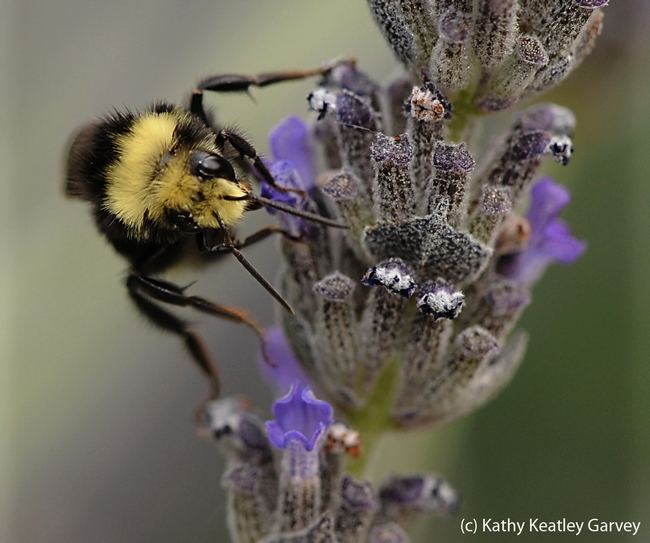It's sad to see and say, but like honey bees, the bumble bee population is declining, and that decline is alarming. Public awareness can help turn this around.
That's why we're glad to see that the Xerces Society for Invertebrate Conservation, based in Portland, Ore., has just published a free downloadable booklet titled Conserving Bumble Bees: Guidelines for Creating and Managing Habitat for America’s Declining Pollinators.
The booklet outlines "the important role bumble bees play in both agricultural and wild plant pollination, details the threats they face, and provides information on how land managers can create, restore, and enhance high quality habitat," the authors said. "Importantly, these guidelines describe how land managers can adapt current practices to be more in sync with the needs and lifec ycle of bumble bees."
The booklet also includes bumble bee identification guides to both common and imperiled species in each region and lists important bumble bee plants.
One of the many plants they go for is lavender. In our yard we see as many as 10 yellow-faced bumble bees (Bombus vosnesenskii) foraging at one time. The bumble bees share the lavender with honey bees, syrphid flies, drone flies, blue and green bottle flies, carpenter bees, ladybugs, spotted cucumber beetles, butterflies, katydids, grasshoppers and a few predators, including crab spiders and jumping spiders.
Attached Images:
